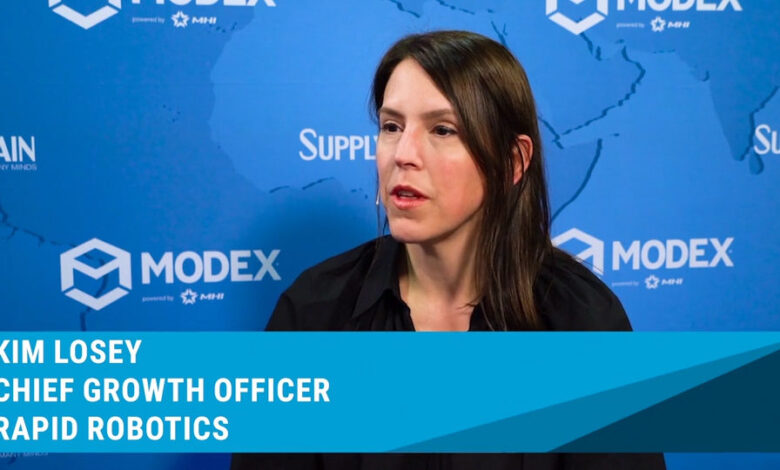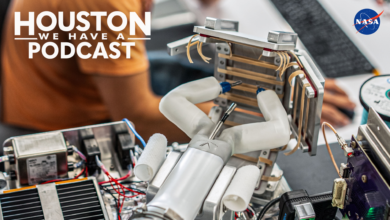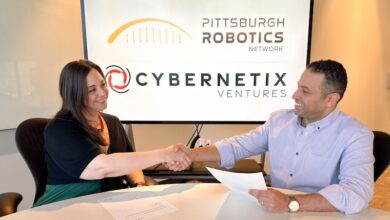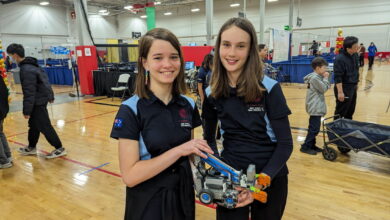Watch: What’s Right — and Wrong — With Robotics

Bringing technology into a warehouse — especially robotics — is no simple task. Kim Losey, chief growth officer with Rapid Robotics, discusses the right way to introduce innovation.
With the labor shortage growing worse, companies in supply chain and logistics know they must innovate. “It’s a universal truth that nobody has enough resources,” Losey says. “We need to find a new way to be successful.”
The problem is knowing where to start. Automation providers are forced to pivot as industry needs evolve. “What customers are best at doing is changing their minds,” Losey says. It’s important to anticipate those changes and build systems “that are adaptable to the whim of the moment.”
As they begin to acquire robots, companies still need people. And they have to decide exactly what they want to automate. “It’s important to think about the business today and where it’s going, to flex your needs,” Losey says. At the same time, “you just need to get started, even if it’s not perfect.”
Artificial intelligence is helping robots to become more flexible, although they’re generally programmed to perform a single task. Advances in vision systems and generative AI are key to making robots more adaptable than ever before, Losey says.
The biggest mistake that people make, she says, is acquiring robots, then scrapping them. Often the champion of a particular unit will leave the company, and others don’t have the knowledge to keep it running. That could lead to “robot graveyards” piling up in the parking lot of the warehouse. “It’s really important to think about the relationship with your provider,” Losey says, with assurances that the buyer will receive adequate support both now and in the future. “You really want to think of that partner as being an extension of your name.”



